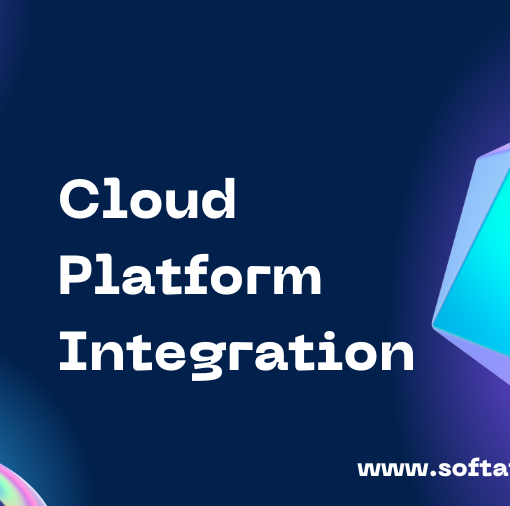In today’s fast-paced business landscape, agility and scalability are paramount. SAP’s ABAP (Advanced Business Application Programming) language has been a cornerstone of enterprise solutions for decades. However, to meet the demands of the modern world, businesses are increasingly turning to cloud-based solutions. In this blog post, we’ll walk you through the process of setting up an ABAP environment in the cloud, unlocking the power of cloud computing for your SAP development needs.
Why Choose ABAP in the Cloud?
Before we dive into the setup process, let’s briefly discuss why you should consider moving your ABAP environment to the cloud:
- Scalability: Cloud-based ABAP environments can easily scale up or down based on your needs. This flexibility ensures optimal performance and resource utilization.
- Cost-Efficiency: Cloud computing shifts the cost model from upfront capital expenses to a pay-as-you-go model. You only pay for the resources you use, reducing overall costs.
- Faster Development: Cloud environments often come with modern development tools and streamlined workflows, allowing for faster application development.
- Security: Leading cloud providers offer robust security measures, ensuring the protection of your data and applications.
- Flexibility: Cloud-based ABAP environments enable developers to work from anywhere, fostering collaboration and innovation.
Now, let’s get started with the setup process:
Step 1: Choose Your Cloud Provider
Begin by selecting a cloud provider that suits your organization’s needs. Some popular options for hosting an ABAP environment include AWS (Amazon Web Services), Azure, and Google Cloud Platform. Each provider offers its own set of services and pricing models, so evaluate them based on your requirements and budget.
Step 2: Provision ABAP Systems
Once you’ve chosen a cloud provider, you can provision ABAP systems. These systems typically include the SAP NetWeaver Application Server ABAP, which forms the foundation for ABAP development. Provisioning an ABAP system can vary depending on your cloud provider, but it usually involves configuring virtual machines, storage, and network settings.
Step 3: Install SAP Software
After provisioning the ABAP system, it’s time to install the necessary SAP software. This includes the SAP NetWeaver Application Server ABAP and any additional components or tools your development team requires. Follow the installation instructions provided by SAP for your specific system version.
Step 4: Configure Networking and Security
Networking and security are critical aspects of any cloud-based environment. Ensure that your ABAP system is securely configured and that network access is restricted to authorized users and locations. Leverage the security features provided by your cloud provider, such as firewalls, identity and access management, and encryption.
Step 5: Set Up Development Tools
To enable efficient development in your cloud-based ABAP environment, set up modern development tools and integrated development environments (IDEs). These tools often come with features like code analysis, debugging, and version control integration, making development more productive and collaborative.
Step 6: Data Migration
If you’re transitioning from an on-premises ABAP environment to the cloud, you’ll need to migrate your data. Ensure a smooth transition by carefully planning and executing the data migration process. This may involve data extraction, transformation, and loading (ETL) activities.
Step 7: Testing and Optimization
Before deploying any applications to your cloud-based ABAP environment, thoroughly test and optimize the system for performance and scalability. Identify and address any bottlenecks or issues to ensure a reliable and responsive environment.
Conclusion
Setting up an ABAP environment in the cloud is a strategic move for businesses looking to modernize their SAP development processes. The cloud offers scalability, cost-efficiency, security, and flexibility that are essential for staying competitive in today’s digital landscape. By following the steps outlined in this guide, you can seamlessly transition your ABAP environment to the cloud and unleash the full potential of your SAP development capabilities. Embrace the future of SAP development with the power of the cloud!




